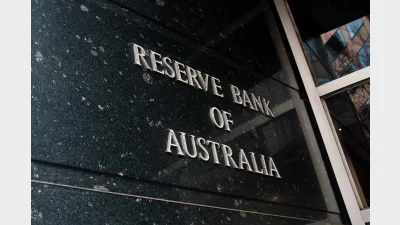League tables could produce ESG ratings says Azer



The introduction of league tables detailing super fund holdings could cause the industry to adopt environmental, social and governance (ESG) ratings according to Marian Azer, head of global funds services product, J.P. Morgan, Investor Services Australia and New Zealand.
Look-through reporting of investments and granting public access to it will cause academics and government agencies to take a closer look at what some of Australia's superannuation funds are invested in, Azer said.
"As a result of all this new reporting and greater granularity and transparency at look-through level and security-level, when APRA [the Australian Prudential Regulation Authority] publishes these league tables and statistics you're going to get a whole bunch of academics and people looking at it and analysing it and that's where I think ESG issues will surface," she said.
"A lot of this data wasn't previously readily available to a member or to the public and what we're expecting or anticipating is a lot more debate around it."
Azer said although the whole process seemed arduous for super fund trustees, the proof was in the pudding.
"The question is, what's the next stage? What will this information be used for? I definitely think that (ESG) is in the future," she said.
Recommended for you
The central bank has announced the official cash rate decision for its November monetary policy meeting.
Australia’s maturing superannuation system delivers higher balances, fewer duplicate accounts and growing female asset share, but gaps and adequacy challenges remain.
Global volatility and offshore exposure have driven super funds to build US-dollar liquidity buffers, a new BNY paper has found.
Less than two in five Australians are confident they will have sufficient assets to retire and almost three-quarters admit they need to pay greater attention to their balance, according to ART research.










